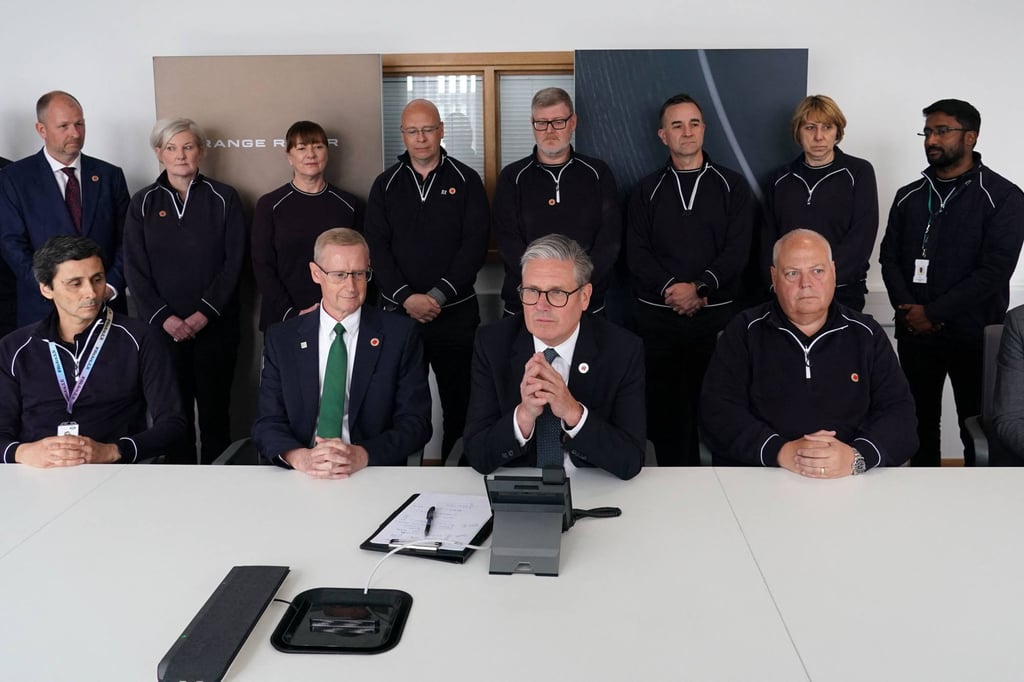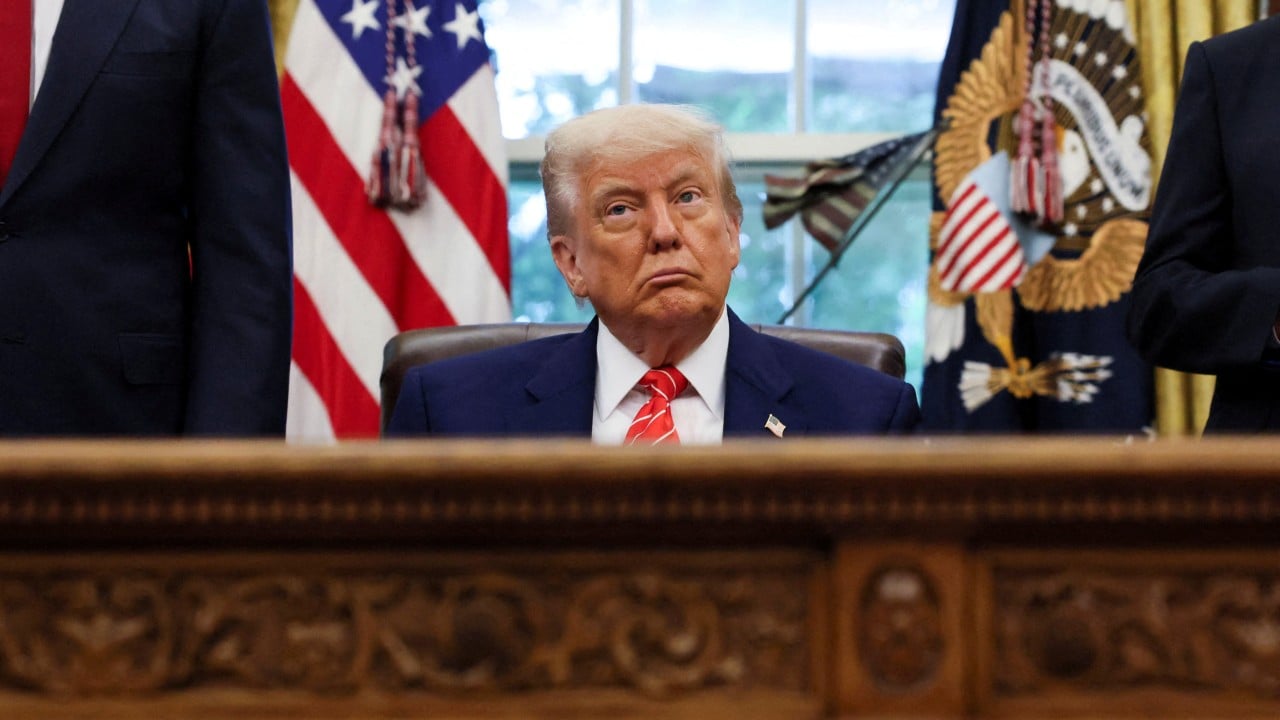US President Donald Trump pitched his trade framework with the UK as a historic achievement, and the first step in his revolutionary effort to overhaul the global economy.
Advertisement
But as the president began revealing specifics of the deal, it became clear it fell short of the “full and comprehensive” agreement he had promised, or the US-UK free-trade pact he pursued during his first term.
Trump had hoped the announcement – pegged to the 80th anniversary of the Allies’ World War II victory in Europe – would reignite confidence in his economic agenda. He carefully stage managed the ceremony, posting hints to social media and having UK Prime Minister Keir Starmer dial in to the phone sitting on the Resolute Desk to herald the agreement.
The framework gives the US increased market access and a faster customs process for exports to the UK, while the UK would see limited relief on autos, steel and aluminium duties. Many other details were left to be negotiated later.

“From the point of view of markets generally, as well as those who are concerned about the US economy, this is a nothingburger,” said Tim Meyer, an international trade law professor at Duke University School of Law. “There’s nothing really to see here. Obviously this is a framework, this is not actually an agreement.”
Advertisement

